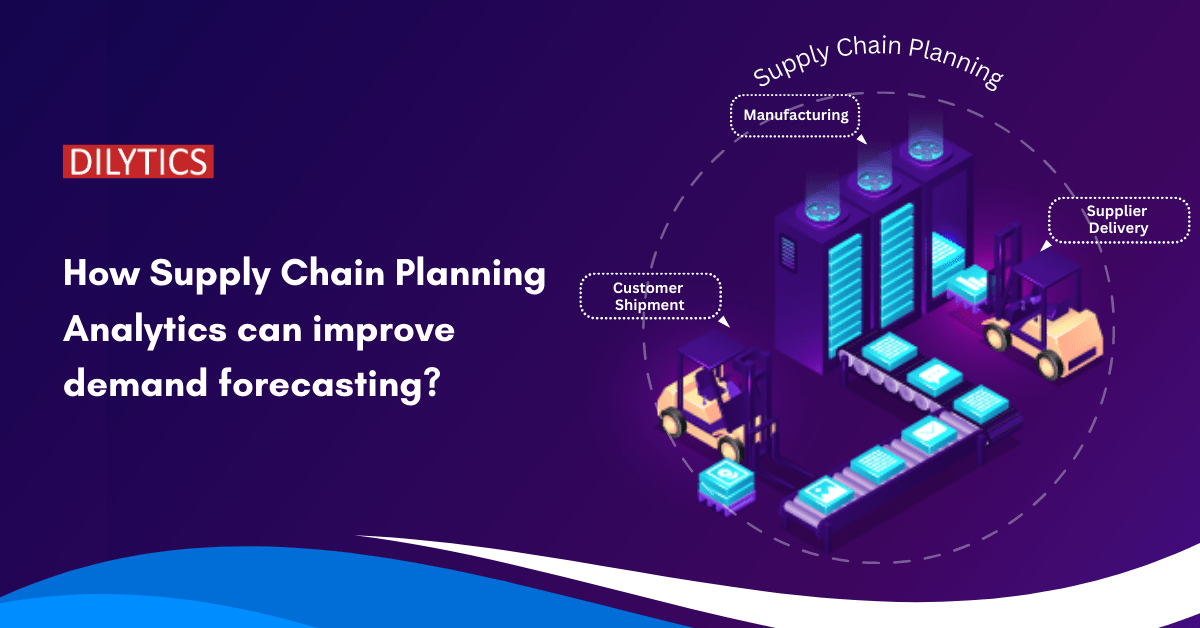The pharmaceutical and food manufacturing industries are highly regulated and complex, requiring precise planning and forecasting to ensure product availability, quality, and safety. One of the critical components of successful supply chain management in these industries is demand forecasting. Accurate demand forecasting enables companies to optimize inventory levels, production schedules, and distribution strategies, which can significantly impact the bottom line.
Table of Contents
What constitutes an acceptable number for this forecast accuracy KPI will vary depending on the product and business scenario. For a new product with no sales history, a forecast accuracy of 80% is considered very good. (Seasonal products may be an exception to this rule if there are large variations due to weather, which can result in lower accuracy percentages.) However, products with a long sales history should target a Forecast accuracy of 90% or better.
According to Gartner, companies that excel at demand forecasting have:
- 15% less inventory
- 17% better order fulfillment
- 35% shorter cash-to-cash cycle times
- 60% higher profit margins
- 1/10th the stock-outs of their peers
In recent years, advancements in supply chain planning analytics have made it easier for pharmaceutical and food manufacturing companies to improve their demand forecasting. In this blog, we will explore how supply chain planning analytics can be used to enhance demand forecasting in these industries.
What is Supply Chain Analytics?
Supply chain analytics involves using data analysis tools and techniques to gain insights into supply chain operations. This can include analyzing data on inventory levels, production schedules, logistics, and customer demand to identify patterns and trends. By analyzing this data, companies can make more informed decisions about their supply chains, identify areas for improvement, and optimize their operations.
How Can Supply Chain Analytics Improve Demand Forecasting?
In the pharma and food manufacturing industry, accurate demand forecasting is critical for ensuring that products are delivered on time, inventory levels are optimized, and customers are satisfied. Here are some ways in which supply chain analytics can help improve demand forecasting in these industries:
- Historical Data Analysis: One of the essential components of accurate demand forecasting is understanding historical trends. Supply chain planning analytics allows companies to analyze historical data and identify trends, patterns, and anomalies. This information can be used to adjust future forecasts and better predict demand. For example, if historical data shows that a particular product experiences a surge in demand during a specific time of year, the company can adjust production schedules and inventory levels accordingly to ensure adequate supply during that period.
- Accurate Data Collection and Analysis: Supply chain planning analytics tools can collect and analyze data from various sources, such as point of sale (POS) data, customer feedback, and market research reports. This data can then be used to identify trends and patterns, to make informed decisions about production and inventory management.
- Real-Time Data Monitoring: Supply chain planning analytics can also provide real-time monitoring of demand signals. This enables companies to respond quickly to changes in demand, such as sudden spikes or drops. Real-time data monitoring can also help identify supply chain disruptions, such as delays in delivery, which can impact demand forecasting. Predictive analytics can also help identify potential supply chain disruptions before they occur, allowing companies to take proactive measures to mitigate their impact on demand.
- Predictive Analytics: Predictive analytics is another critical component of supply chain planning analytics. It involves using machine learning algorithms to analyze data and predict future outcomes. In the pharmaceutical and food manufacturing industries, predictive analytics can be used to forecast demand based on various factors, such as demographic trends, seasonality, and market conditions.
- Forecasting Accuracy: Traditional forecasting models often rely on historical data and assumptions about future market conditions. However, supply chain planning analytics can improve forecasting accuracy by integrating real-time data into the forecasting process. By considering a wider range of factors, such as weather patterns, social media sentiment, and economic indicators, it can create more accurate demand forecasts.
- Inventory Optimization: Accurate demand forecasting is essential for optimizing inventory levels. By knowing how much of each product to produce, it can reduce excess inventory and associated costs, while ensuring that they have enough inventory to meet customer demand. Supply chain planning analytics can help to optimize inventory levels by predicting demand more accurately.
- Collaboration and Visibility: Collaboration and visibility are crucial components of supply chain management. By using supply chain planning analytics, companies can improve collaboration and visibility across the supply chain, from suppliers to customers. This can help ensure that everyone in the supply chain is working towards the same goals and that demand signals are communicated effectively.
For example, pharmaceutical companies can collaborate with their suppliers to ensure that they have adequate raw materials to meet production demands. By sharing data and insights, suppliers can adjust their production schedules to align with the pharmaceutical company’s demand forecasts.
In conclusion, demand forecasting is critical in the pharmaceutical and food manufacturing industries. Accurate demand forecasting enables companies to optimize inventory levels, production schedules, and distribution strategies, which can significantly impact the bottom line. By using supply chain planning analytics, companies can improve their demand forecasting by analyzing historical data, monitoring real-time demand signals, using predictive analytics, and improving collaboration and visibility across the supply chain.
DiLytics implemented Supply Chain Planning Analytics, Manufacturing Analytics and Demand Forecasting Analytics solution for a Biotechnology Company enabling Supply Chain excellence. Click here for the case study.
Leveraging DiLytics Supply Chain Planning Analytics solutions will benefit you to gain timely and valuable insights to create accurate demand forecasts and improve your overall operational efficiency.
Discuss with our analytics experts today to find out how!





